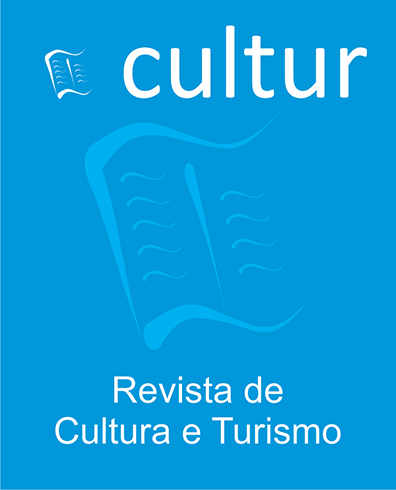SUSTAINABLE MANAGEMENT; MODEL BUILDING FOR DECISION MAKING
Resumo
As Sun Tzu says: “Judge advantages when accepting advices, and then, in accordance with that, arrange your forces supplementing them with extraordinary tactics. Forces should be arranged strategically, based on that what gives the advantage.” This though directly points that strategy and tactics need to be developed in the same direction to gain success. This is the application of the research on building the new model which will combine strategy and tactics in marketing. The model will have to satisfy three conditions. It will have to be applicable, simple and interactive. The research will consist of three parts. The first part will be the literature review aimed at making the historical overview on research subject and developing the first instance of the model. The second part of the research will be the main research in the form of interviews with managers responsible for the implementation of strategy and tactics in companies. The result of the main research will be the final version of the model which will be tested in the third part of the research, an experiment on the real company which is present on the real market. Results of the experiment will be evaluated through business results of the company before the implementation of the model and results after the implementation.The Stratics model will follow the line of modelling presented by Vraneševic, Vignali and Vrontis which includes the combination of various strategy and tactics models like Life Cycle of the Company, Boston Consulting Group Matrix, Ansoff Matrix and Marketing Mix. Resulting model will give the company’s management a chance to see whether company’s real position lies where management thinks it does. The other purpose of the model will be initial propositions on what should be done on tactical level in order to achieve company’s targeted strategy position.








